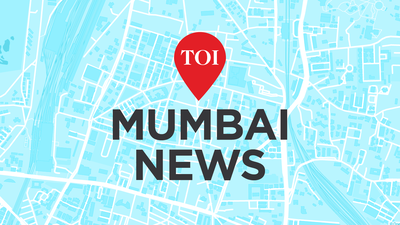AI-driven, tech initiatives enhance public health efforts at Maha Kumbh – The Times of India

Mumbai: The millions of pilgrims converging at the Maha Kumbh 2025 have attracted the city’s healthcare sector, whether it be providing AI-based interpretation of chest X-rays, checking for lipid levels, or addressing vision problems.
Already, 1,000 pilgrims who visited the temporary Central Hospital in Sector 2 for medical assistance had their chest X-rays assessed for tuberculosis (TB), the infectious disease that kills thousands of Indians every year. The Indian multinational Qure.ai’s AI-enabled chest X-ray interpretation solution flagged 36.22% of the chest X-rays as abnormal.
“These patients were sent for a quick assessment of TB, and around 12% of them were diagnosed with the disease and started on treatment at the earliest,” said Ankit Modi of Qure.ai. The initiative is part of the central govt’s 100-Day TB Challenge to identify more TB patients and eliminate TB.
This is not the only Mumbai presence in Prayagraj. In another part of the mela, a city-based eye specialist, Dr Nishant Kumar, has set up an eye and health camp, aiming to test at least 50,000 pilgrims before Feb 24.
“We provide results of the blood tests and vision examination on WhatsApp,” said Dr Kumar, whose team of 100 volunteers tests close to 2,000 people a day. Around 3,500 of the 15,000 already tested are policemen who will be given free glasses.
He has also managed to convince Naga sadhus to wear the “Snellen chart”—an eye chart that can be used to measure vision — on their bare backs. “We have some artists in our team who draw the charts on the Naga sadhus’ backs. The sadhus are thus influencers spreading the message to get your eyes tested,” said Dr Kumar.
Maha Kumbh Mela, recognised as the world’s largest congregation, presents a public health challenge as an estimated 50 crore pilgrims visit the riverfront over six weeks.
“The deployment of AI for real-time screening at a mass gathering of this magnitude highlights the potential for technology-driven solutions to strengthen large-scale disease surveillance and early intervention,” said Modi.
The programme was first tested in Mumbai’s public health system and found that 30% of the patients who underwent chest X-rays for an unrelated reason showed some signs of TB.
The idea is to find TB patients before they become symptomatic and spread the disease to others; TB spreads through the air, and it’s estimated that one untreated TB patient could infect 15 people within a year.
In a press statement, Dr Arun Kumar Tiwari, who is the chief medical officer at Prayagraj, said: “Given the high volume of patients at the Kumbh, the technology has enhanced our ability to prioritise individuals who need further diagnostic evaluation and treatment.”
Dr Kumar, who raised over Rs 2 crore for his NGO Eyebetes Foundation through corporate social responsibility, has taken 10 fundus cameras (used to scan the eye’s back portion, including the retina) to screen people’s vision problems. “We are also conducting rapid blood sugar tests for pilgrims, but many, due to hours of walking, have abnormal levels,” he said. Such patients are encouraged to take a proper blood test (HbA1C), but many refused.














